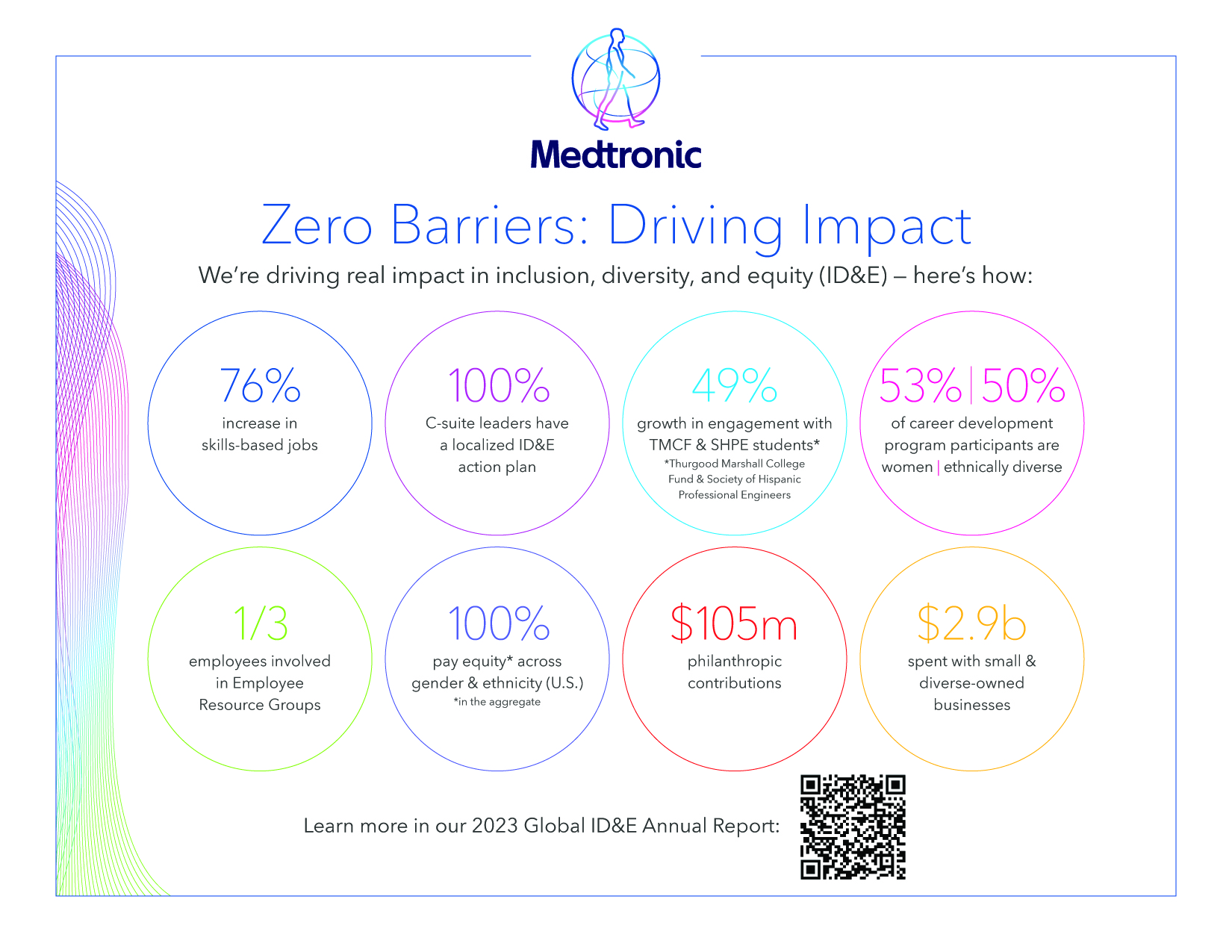Green flags to look for in ID&E reporting
When it comes to inclusion, diversity, and equity reporting – not all reports are created equal.
Following the pandemic and social unrest of 2020, many organizations prioritized inclusion, diversity, and equity (ID&E) to foster a more inclusive and equitable workplace, address systemic inequities, and promote a sense of belonging among their diverse workforces. But what actually drives impact?
When reviewing an organization’s reporting on ID&E, here are a few “green flags” — or positive signs — to look out for:
- Reporting on more than representation. While representation goals help measure progress in diversifying teams and advancing equity for underrepresented populations, the story begins long before that. It’s important to look at whether an organization is approaching ID&E the right way — through efforts like leadership accountability, inclusive hiring practices, and equitable access to development and sponsorship opportunities. The report should focus on efforts to build and maintain an inclusive culture for all, not just select representation numbers.
- Including the voices of real people — the employees. Cultivating a culture of belonging means sharing the stories and voices of employees. In order to build belonging, all employees need opportunities to connect, thrive and educate each other. How do we know if these programs are benefitting employees? We need to hear testimonials and success stories from the employees themselves.
For example, we know that degree requirements can be a barrier to talented candidates, including ethnically diverse groups and veterans, when it comes to advancing their careers. And for us at Medtronic, hearing from employees like Candi Sneed, who leveraged our Medtronic Advancement Pathways and Skill-building (MAPS) program, brings our impact to life. We provide 100% upfront college tuition directly to an academic institution for eligible employees, without the need for reimbursement. And because we helped remove that barrier, Sneed completed her degree in Electrical Engineering, making her the first link in the chain of future engineers for her family.
- Sharing actionable progress and impact. While sharing progress with data is critical to transparency, equally as important is sharing the actions taken to get there. Working toward true inclusion, diversity, and equity requires naming the barrier, addressing it with action, and reporting on the scale of the impact.
This year’s Global Inclusion, Diversity & Equity Annual Report highlights the progress Medtronic is making to drive real impact toward zero barriers to opportunity. We commit to this work — that’s embedded in our Mission — because we believe diverse teams generate new ideas, drive more product innovations, and ultimately, help us serve more patients around the world. And, as leaders in the ID&E space, our report shares trends we’re seeing and our approach to them. Check out some highlights of the impact we’re driving.

